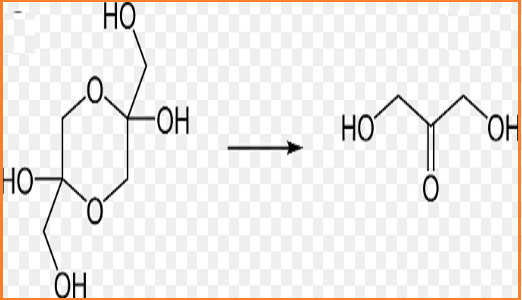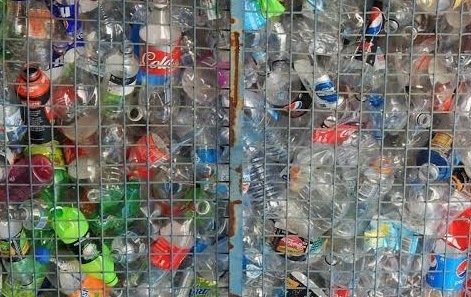Monomer
A monomer is a molecule that, as a unit, binds chemically to other molecules to form a supramolecular polymer. Large numbers of monomer units combine to form polymers in a process called polymerization. Molecules of a small number of monomer units (up to a few dozen) are called oligomers. The term “monomeric protein” may also be used to describe one of the proteins making up a multi protein complex.
Biopolymer groupings and the types of monomers that create them:
- For lipids (Diglycerides, triglycerides), the monomers are glycerol and fatty acids. For proteins (Polypeptides), the monomers are amino acids.
- For Nucleic acids (DNA/RNA), the monomers are nucleotides, each of which is made of a pentose sugar, a nitrogenous base and a phosphate group.
- For carbohydrates (Polysaccharides specifically and disaccharides—depends), the monomers are mono saccharides.
*Diglycerides and triglycerides are made from smaller molecules by dehydration synthesis, which is not the same process as the end-to-end linking of similar monomers that qualifies as polymerization; thus, diglycerides and triglycerides are an exception to the term polymer.
Examples: The most common natural monomer is glucose, which is linked by glycosidic bonds into polymers such as cellulose, starch, and glycogen. The term monomer also refers to organic molecules that form synthetic polymers, for example the vinyl chloride monomer, which is used to produce the polymer polyvinyl chloride (PVC).
Industrial polymers:
- Ethylene gas (H2C=CH2) is the precursor monomer for polyethylene.
- Other modified ethylene molecules, such as tetrafluoroethylene (F2C=CF2) which leads to Teflon, vinyl chloride (H2C=CHCl) which leads to PVC, styrene (C6H5CH=CH2) which leads to polystyrene, etc.
- Epoxide monomers may be cross linked with themselves, or with the addition of a co-reactant, to form epoxy
- BPA is the monomer precursor for polycarbonate.
Natural monomers
Amino acids are natural monomers that polymerize at ribosomes to form proteins. Nucleotides, monomers found in the cell nucleus, polymerize to form nucleic acids – DNA and RNA. Glucose monomers can polymerize to form starches, glycogen or cellulose; xylose monomers can polymerise to form xylan. In all these cases and is thus not pliable, a hydrogen atom and a hydroxyl (-OH) group are lost to form H2O, and an oxygen atom links each monomer unit. Due to the formation of water as one of the products, these reactions are known as dehydration.
Isoprene is a natural monomer and polymerizes to form natural rubber, most often cis-1,4-polyisoprene, but also trans-1,4-polymer.
Molecular weight
The lower molecular weight compounds built from monomers are also referred to as dimers, trimers, tetramers, pentamers, hexamers, heptamers, octamers, nonamers, decamers, dodecamers, eicosamers, etc. if they have 2, 3, 4, 5, 6, 7, 8, 9, 10, 12, or 20 monomer units, respectively. Any number of these monomer units may be indicated by the appropriate Greek prefix. Larger numbers are often stated in English or numbers instead of Greek; e.g., a 20-mer is formed from 20 monomers. Molecules made of a small number of monomer units, up to a few dozen, are called oligomers.
Industrial use
In the light of the current tight monomers market, particularly in propylene, and of the benefits of membrane-based recovery processes, major polyolefin producers around the world already employ such recovery processes in new state-of-the-art plants. In order to enhance the competitiveness of older plants, the use of a recovery solution has started to become mandatory.




